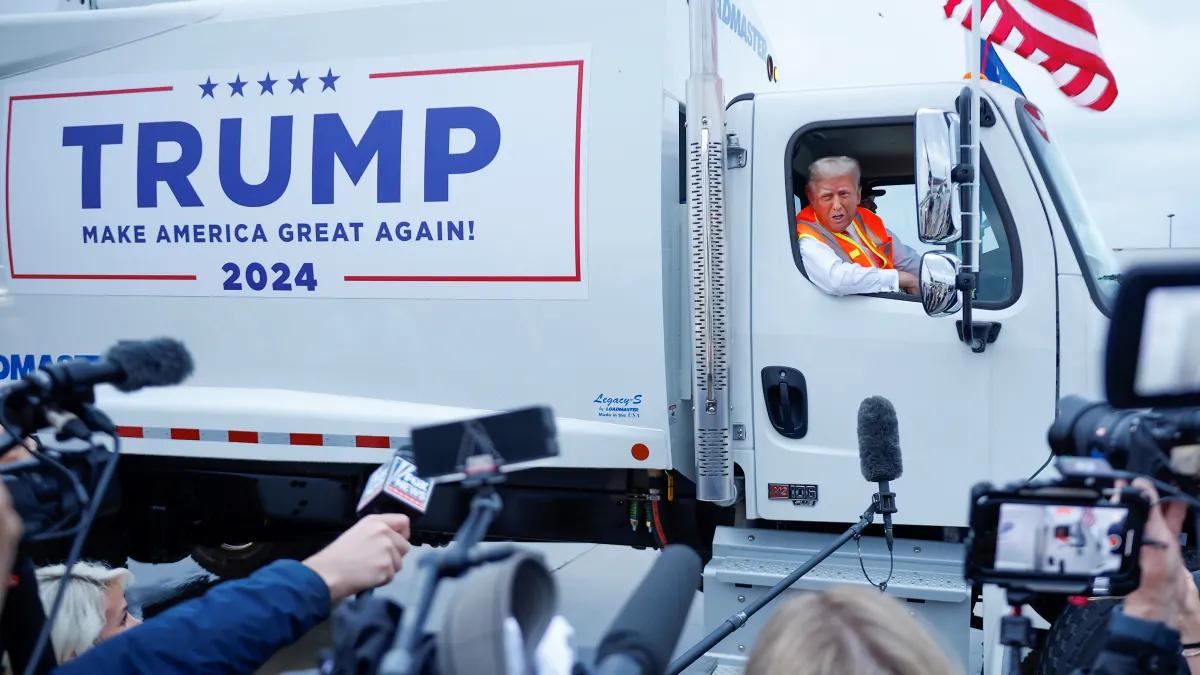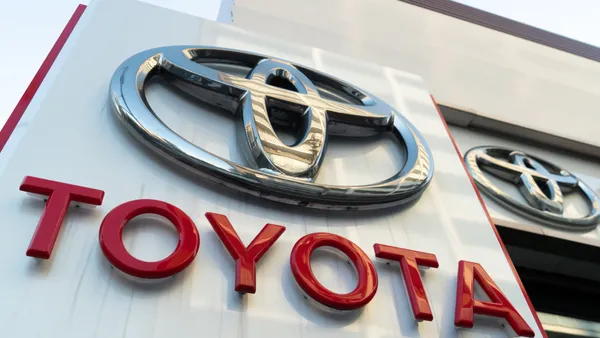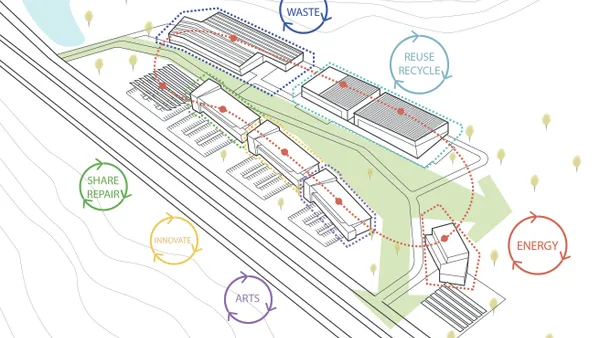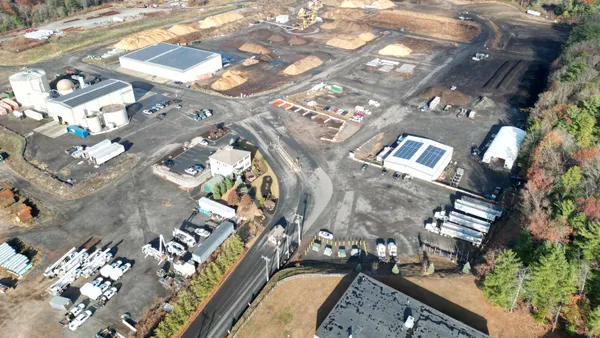Dive Brief:
- Austin Resource Recovery has expanded its Home Composting Rebate Program to include a unique new food waste processing system: chickens. This is the Texas city's latest idea to achieve its "zero waste" goals, as reported by the Austin American-Statesman.
- As part of this program, the city is offering free classes on chicken keeping and will send residents a $75 rebate check if they show proof of purchasing a chicken coop.
- The city already offers the $75 rebate to residents that take a class and purchase equipment for backyard composting.
Dive Insight:
After falling somewhat short of benchmark targets for its goal of 90% diversion by 2040, Austin has been exploring a variety of new diversion ideas. The city has since brought in consultants and put a temporary hold on approving any new waste-related contracts until policy disagreements can be resolved. In the meantime, smaller programs such as a resident recycling survey and curbside textile collection have continued.
Like other cities looking to achieve "zero waste," especially without using waste-to-energy facilities, food waste diversion is seen as the key to success. Austin is in the process of phasing in diversion requirements for commercial generators and currently provides curbside organics collection to about 14,000 households through a pilot program. While chickens are common sights at some community composting operations, and are known for their indiscriminate appetites, it would take many flocks to put a noticeable dent in the city's food waste. Though for residents that already have chickens, or were on the fence about getting them, this small rebate from the city could be a welcome incentive.
As seen in other cities with high diversion goals, such as Phoenix and Los Angeles, contracts or solutions that may seem small in scale can have larger effects when they involve local solutions. Whether that means expanding economic opportunities by processing material locally, or limiting transportation costs by keeping food waste in backyards and getting eggs in return, it all fits into the larger goal of more closed loop solutions.














